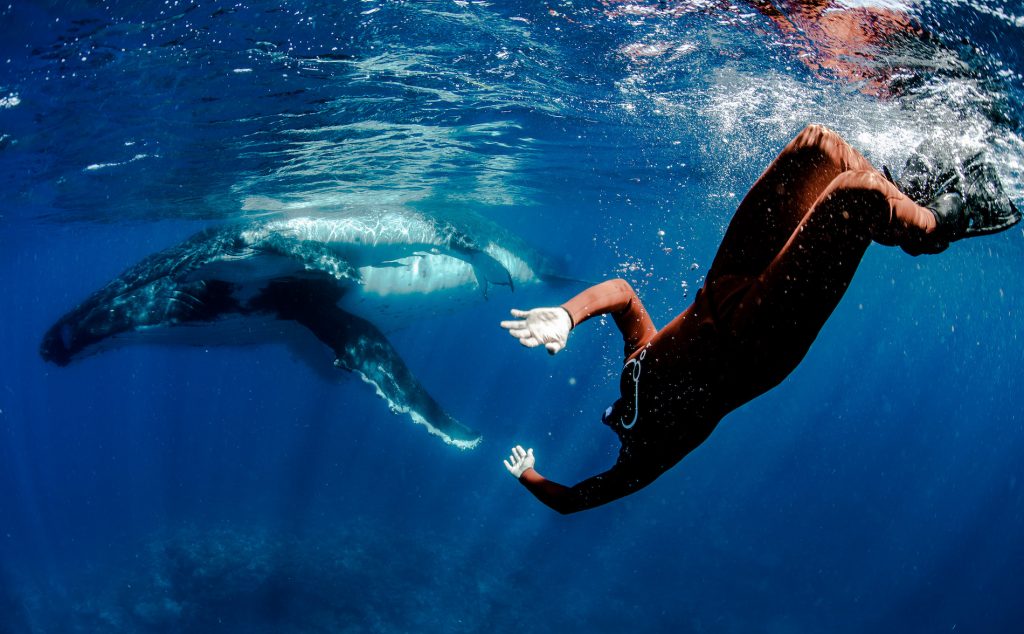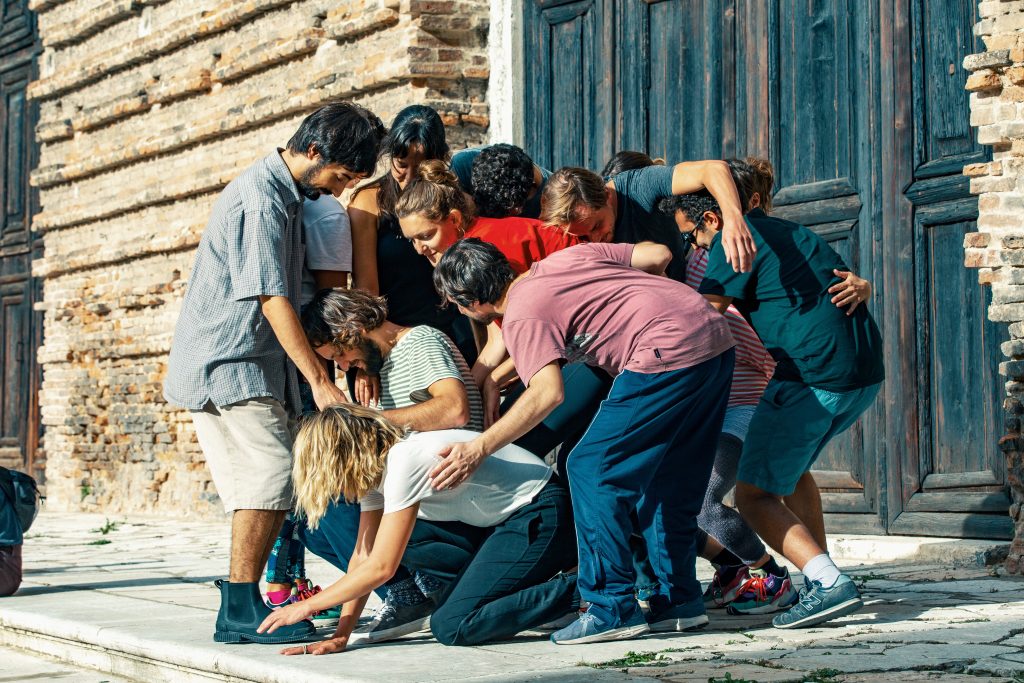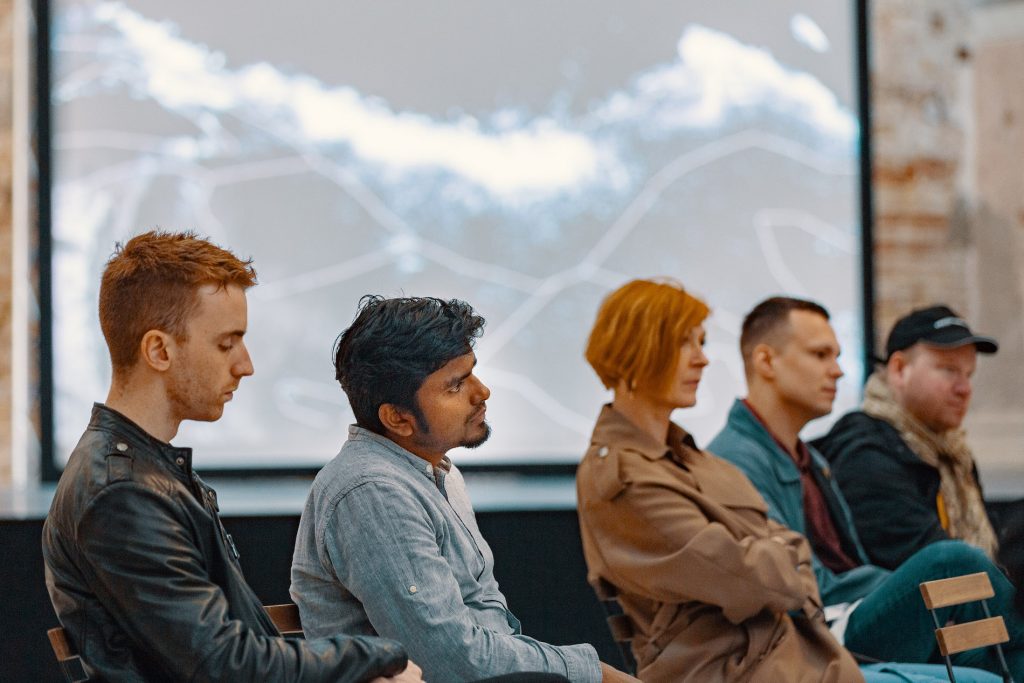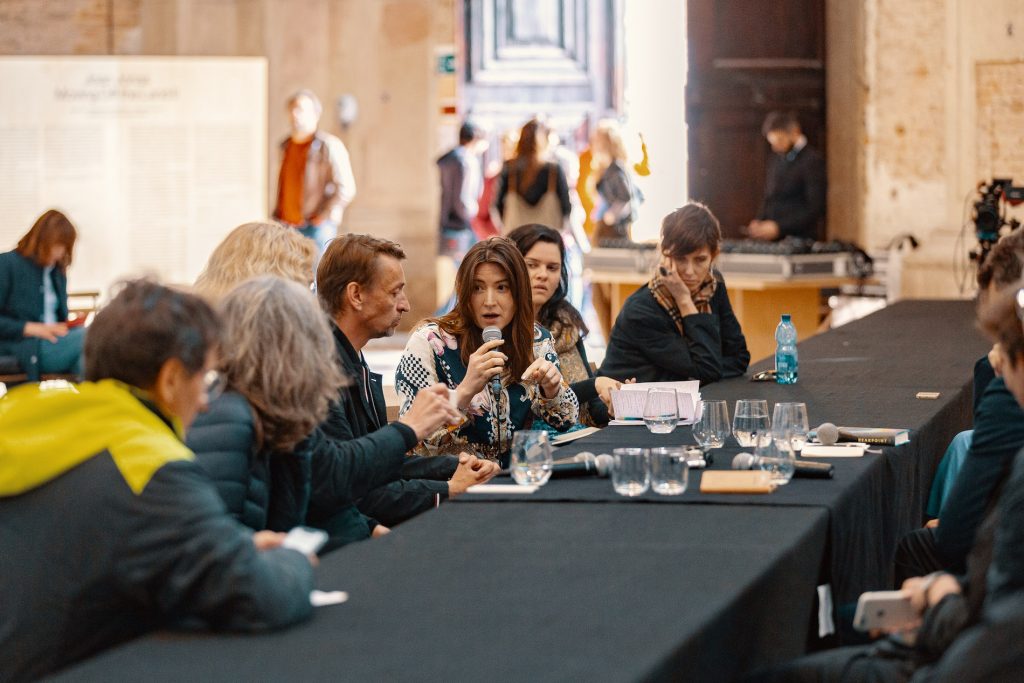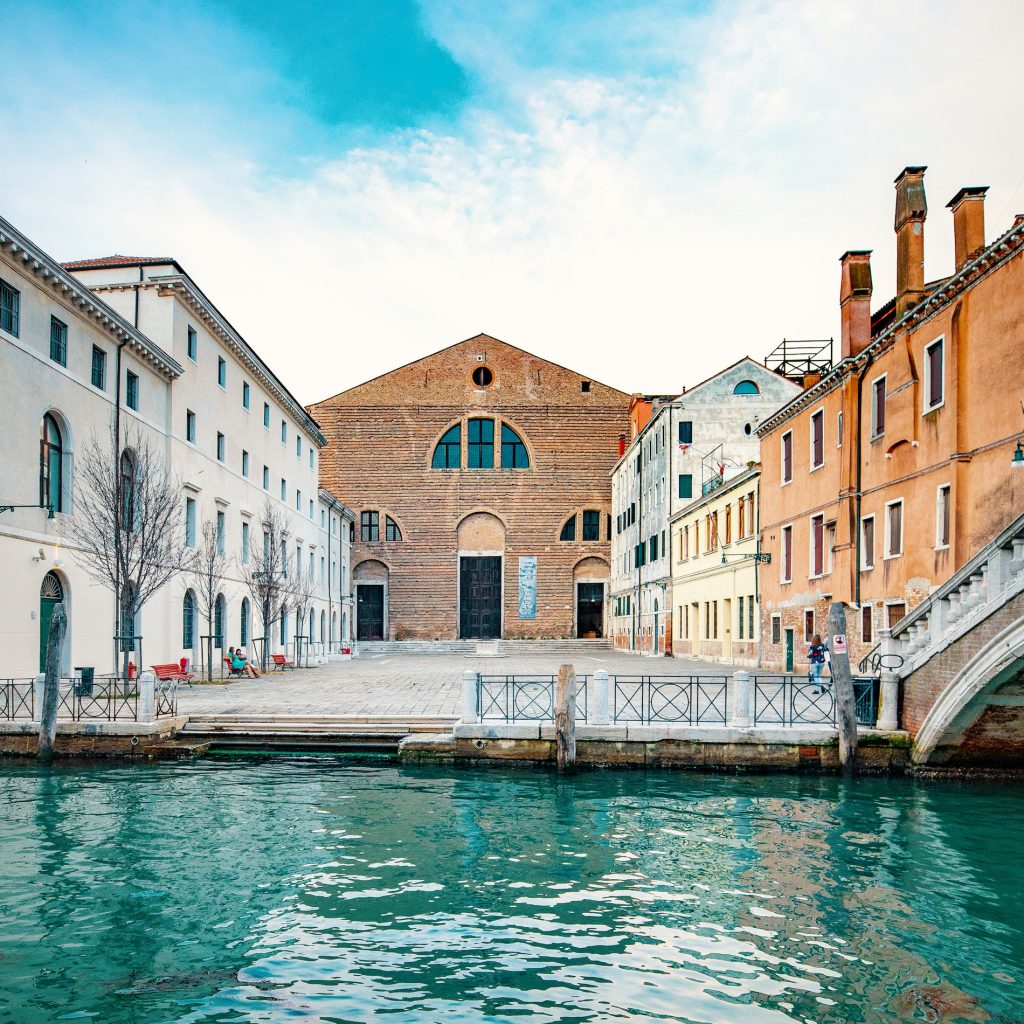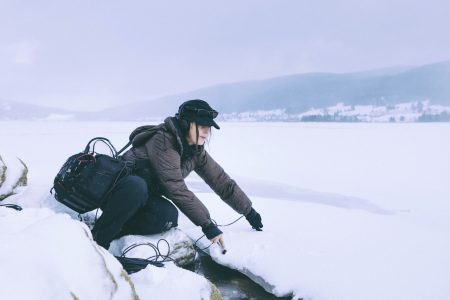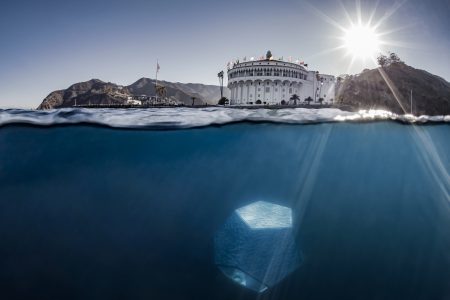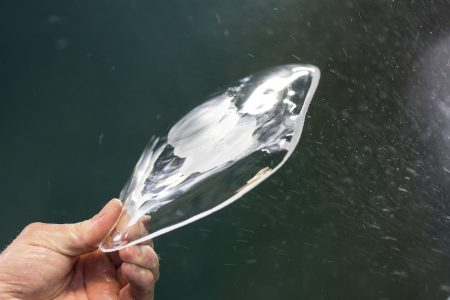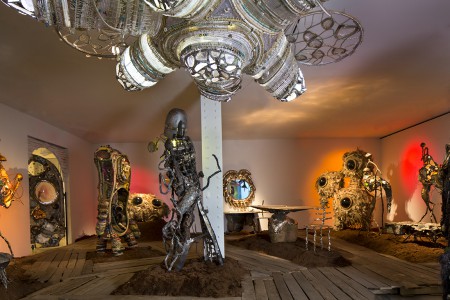TBA21-Academy: No Dogma About the Sea
Territorial Agency: Oceans in Transformation is an exhibition commissioned by the TBA21–Academy which aims to influence change.
ON MAY 20th, Territorial Agency: Oceans in Transformation—the long-term research-based exhibition commissioned by the TBA21–Academy, and designed by the independent organization that combines architecture, spatial analysis, advocacy, and action to influence change in the inhabited environment—will open in the digital space of the Ocean Archive. The exhibition was scheduled to open at the end of March at Ocean Space in Venice; however, the current moment of global lockdown became a huge challenge for institutions to reformulate the methodology underpinning knowledge production and consumption.
“The oceans are changing very fast,” states Territorial Agency, “yet knowledge of them is moving slowly and is enveloped in long-established forms of cultural separation and distinction between human activities at land and sea. This division needs to be rethought to address the urgent and vast transformations that the seas are undergoing.”
To better understand the anatomy of such extended collaborative platforms—as well as the change in format due to the switch to the (exclusively) digital realm, this article was written on the basis of a Zoom conversation with Markus Reymann, director of the TBA21–Academy, who’s spending his quarantine on the remote Croatian island of Lopud.
As one has to learn quickly when approaching the theme of the sea, complexity resonates constantly throughout the research. The oceans are a field where the “knowledge” around them is not yet fixed; we basically only know about 5% of them. Studies of different kinds (from biology and geology, to sociology, ethnography and philosophy) agree on the fact that oceans and seas pertain to a certain critical sphere of knowledge still undergoing a process of definition (or redefinition), and cannot be framed by a linear, science-based method of analysis alone. The land-centric senses of time, geography, gravity, volume, scale, and movement need to be rendered anew through an enlarged and holistic perspective, most of the time not directly in dialogue with our Westernized experience of the world, grounded in modernity, and tending to separate science and senses, analysis and intuition.
When applied to the oceans, complexity cannot be reduced, so the only methodology that fits knowledge around the oceans is that which doesn’t recognize any dogma but resists in its radical manner of staying fluid at all levels, yet still capable of bringing together subjects and data that initially seem to share no connections at all.
The work carried out by Territorial Agency started three years ago in the light of a conversation with Markus Reymann with a view to think about rising sea levels in spatial terms. Once the gateway had been opened, a myriad of questions emerged: what does that mean for rapid urbanization on the coast? What does that mean for the melting of the ice caps? What does that mean for the carbon levels in the air? What does that mean for the decline of fish stocks, the decline of the coral reefs? The extensions of production lines started emerging, which, fused together, do not discriminate between land and sea. It just extends into the ocean or from the ocean onto the land. “When we started from the ocean—the rising ocean—we realized the need to look at things together, in context, or in a kind of entanglement, and we realized that you can’t look at the ocean without land. You can’t really say: one ocean. There are many, many oceans, depending on who you ask and how you’re looking at it, which sphere or layer you’re looking at. This is also the beauty of the ocean. The absurdity of looking at the ocean in a kind of siloed way—it’s all fluid and intricately interrelated.”
The research areas in the exhibition are represented through a series of trajectories that Territorial Agency has drawn across the globe, visualizing new connections: one example is the connection between the burning of the Amazon and the greening of the Sahara, and the way the ocean carries it, the same ocean that also carries the concept of the Black Atlantic. There is the connection between environmental data, cultural data, historical data, and what we see in this analysis of something that has never been looked at together. It shows that there are massive transformations in the oceans, which is as a space mainly communicated to us as being largely empty.
“That’s the work and the research: a collection and curation of big ocean data, from sensors, satellites and control centres around the world and then a rendering of this data into something legible. And this finds an expression in layers and layers of visualization, which then is turned into a moving image.”
While not in Ocean Space, the project and related programming need to be redistributed through time and coordinated on the digital platform. Every ten days, one of the seven trajectories will be unfolded online, overlapping and revealing an enhanced interconnection among them. To build upon the research, TBA21–Academy has prepared a program called The Oceans’ Many Waters setting off a series of conversations around topics embedded in the work. The program is designed in collaboration with fellows of the Ocean Fellowship, a research opportunity created by TBA21–Academy initially intended to be held at Ocean Space. These collaborative moments lay the foundation for the fellowship curriculum.
The call for the fellowship program was structured to encourage practitioners from different fields to apply with individual research projects, spend time collaboratively, to foster an exchange of thought, disciplines, vocabulary, understanding, sensibilities and sensitivities around the oceans. The selection of eight out of 350 applicants was designed to be as multi-faceted as possible: architects and dancers, policymakers and scientists, artists and a collective. “We tried to make it as multi-vocal and inclusive as possible. The fellows include an artists’ collective from Thailand, a policymaker from East Africa, an American glaciologist, as well an Italian dancer and many others . […] I think to really question the epistemology and the processes, and to question methodologies, you search for a specific sensitivity towards injustices or inequalities, coming from lived experiences in an ever so profound way.”
The creation of multi-collaborative experiences is not new for TBA21–Academy, as its activity has always been related to fellowships on oceanic voyages and situated residencies in recent years: “I think the starting point of understanding that this is a kind of a school was the realization of what happens to you when live together with a group of mostly strangers for two weeks on the ocean. As banal as it sounds, I think it is not to be underestimated. What it does to you when your body is constantly moved, whether you like it or not. This is completely out of your control, but you get used to it. This kind of physicality that is beyond your control, confined spaces to share with people, as well as time, food, thoughts, practice, and then everything starts to blend into one.”
This sense of moving a lot slower and the desire to reach a destination, to arrive somewhere, a sense that we rarely have anymore, for travel to be felt and the journey being inscribed in the body. By bringing together people from different schools of thought, from different disciplines, from different experiences—academics, non-academics, practitioners, indigenous leadership, lawyers, and so on—languages start changing and adapting very quickly. Thoughts start circulating and they don’t stop. And at the same time, there is the exposure to the elements, exposure to movement. I think as you are being moved all the time, you understand the otherness of the ocean and you need to succumb to it. That’s the starting point: this profound immersive experience that has proven to be transformative. And then how do you work with that to create work that is then presented in a way which is hopefully transformative again? It works with and from transformation, as well as working with and from proximity and immersion.
From an institutional perspective, it’s always a negotiation. It forces the organization to constantly question itself. How do we create an organization that can do that and allows itself to morph and mutate without losing its core? When relationships are the core, we build on greater flexibility because, as we all know, relationships change all the time. The question is what kind of together? That’s the Academy.”
This article published from TLmag33 Extended: New Age of Humanism.
